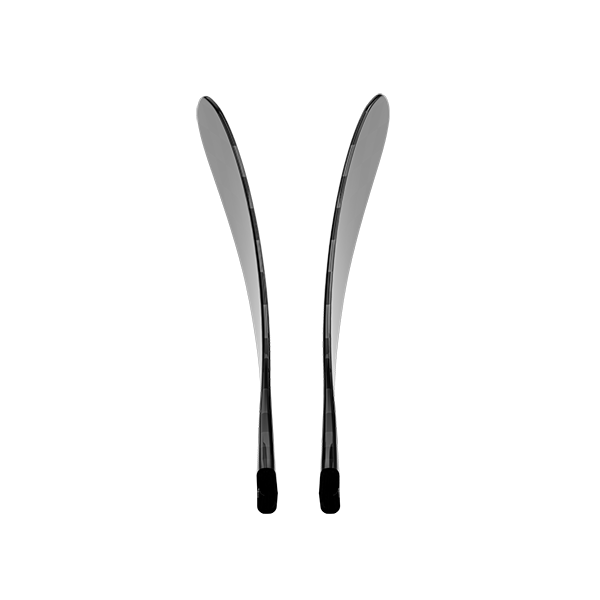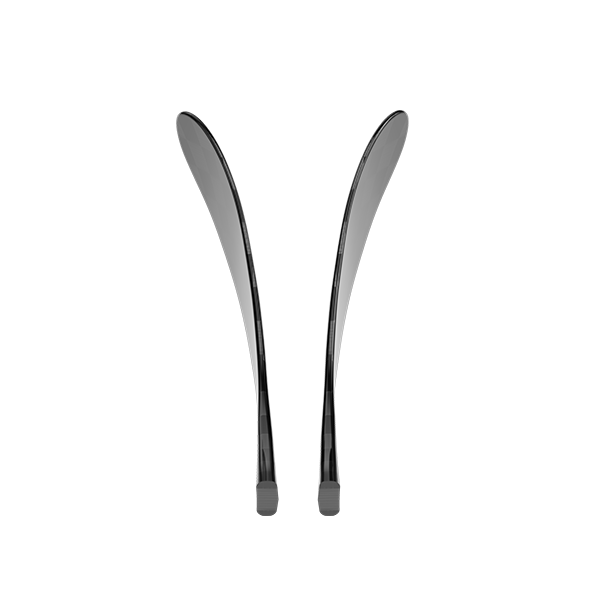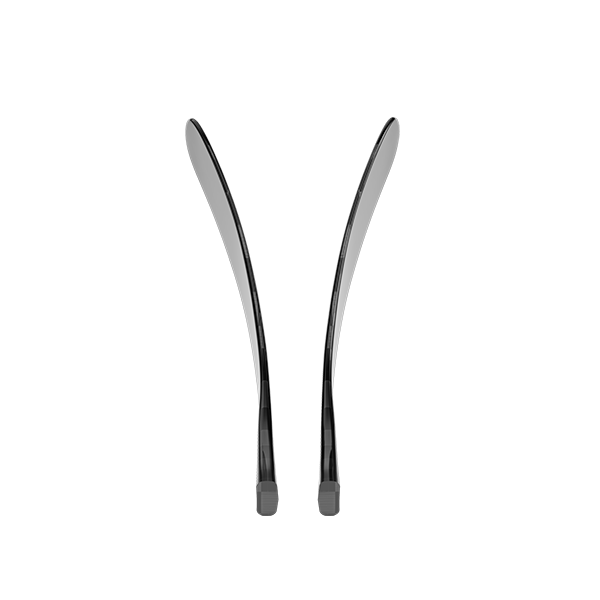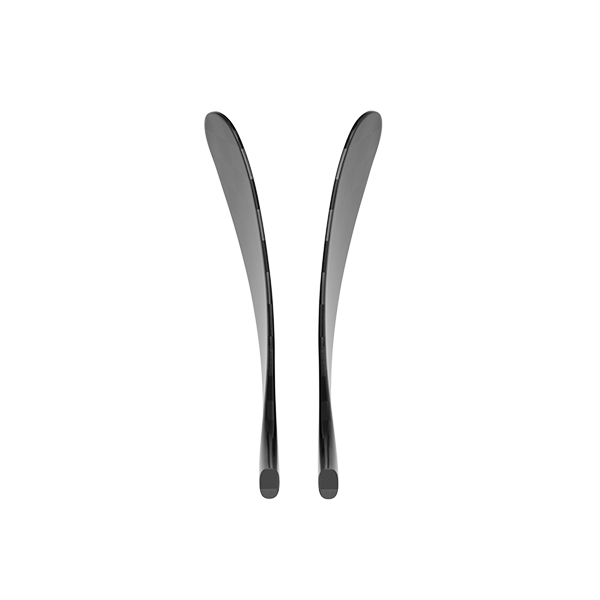
Hockey Stick Blade Curve & Pattern Chart: Which Lie is Right for You?
Published 16th April 2024

When investing in a new ice hockey stick, several factors demand consideration, including length, weight, and flex. However, none hold as much sway as the hockey stick curve or pattern. Renowned ice hockey stick manufacturers offer a diverse array of curve options, each boasting distinct advantages and drawbacks.
Selecting the optimal curve mandates an evaluation of your playing position, preferred shot types, and overall gameplay strengths. For forwards prioritizing quick releases and pinpoint accuracy, a curve enhancing puck control and precision proves invaluable. Conversely, defensemen may favor a curve facilitating powerful slap shots and precise passes from the blue line.
Understanding how different curves complement your playing style empowers you to make an educated decision that aligns with your on-ice objectives and bolsters your performance. By weighing these factors, you can confidently choose an ice hockey stick boasting the perfect curve to propel your game to new heights.
This guide delves into various curve types, their impact on puck behavior, offerings from major stick brands, and answers to common queries about hockey stick blade curves.
Understanding Hockey Blade Curves: What Influences Them?
Discover the key factors shaping hockey blade curves, pivotal in optimizing your gameplay:
Heel Curves:
Primarily favored by defensemen, these blades feature a pronounced curve near the base, enhancing slap shot power and accuracy. The curve initiates from the heel, gradually straightening towards the toe.
Toe Curves:
Forwards often prefer toe curves, characterized by a significant bend at the toe area. This design facilitates quick puck lifting during shots, particularly in tight spaces.
Mid Curves:
Offering a balance between heel and toe curves, mid curves are versatile, catering to stickhandlers, passers, and ensuring accuracy across shot types, including backhand shots.
Blade Face:
Hockey stick curves inherently possess loft, influencing shot trajectory. Closed face blades keep shots low and potent, open faces aid in lifting the puck swiftly, and slightly open faces offer a blend of power and lift.
Curve Depth:
Ranging from moderate to deep, curve depth dictates puck control and shot versatility. Moderate depths are popular for overall performance, while deep curves provide superior puck cupping but are challenging for backhand shots.
Stick Lie:
The lie determines blade angle when flat on the ice. Common lies like 4, 5, and 6 cater to different playing styles, offering optimal puck control and handling.
Understanding these influences empowers players to select the ideal hockey blade curve, tailored to enhance performance on the ice.
Hockey Stick Blade Curve Chart
| Picture | Description | Brand Examples | Specs |
 |
Great starter pattern and still one of the most popular patterns in the game today. Provides great puck control, quick releases, great ontrol on shots. | Bauer: P92 CCM: P29 Warrior: W03 True: T92 |
Curve: Mid Size: Big Face: Open Lie: 5-6 Toe: Round |
 |
Fastest growing pattern in hockey. Great for toe drags, quick releases, and getting lift on your shots. | Bauer: P28 CCM: P28 Warrior: W28 True: T28 |
Curve: Mid/Toe Size: Big Face: Open Lie: 5-6 Toe: Round |
 |
Classic mid-curve blade. Great all-around blade for stick-handling, wrist shots, and and quick releases. Also good for backhand shots. | Bauer: P88 CCM: P88 Warrior: W88 True: MC |
Curve: Mid Size: Medium Face: Slight Open Lie: 4-5 Toe: Round |
 |
The P90TM pattern combines the curve of the P92 with the control of the P28, offering players a balanced option for enhanced performance. | Bauer: P90TM CCM: P90TM Warrior: W90T True: T90T |
Curve:Toe Size: Medium Face: Open Lie: 6 Toe: Round |
Hockey Stick Blade Curve Patterns by Brand
Common Questions About Hockey Stick Blade Curves
Curious about hockey stick blade curves? Here's a common query addressed:
Is there an illegal curve type?
There are no retail curves currently manufactured that would be considered illegal. To check if a curve is within legal limits, lay the stick flat with the blade against a surface. Stand a quarter upright and see if it fits inside the curve of the blade. If it does, the hockey blade pattern may have too much curve and could be deemed illegal.
How long does a hockey stick blade last?
Discover the factors influencing the lifespan of a hockey stick blade, primarily dictated by playing frequency and competition intensity.
Playing Frequency:
Players who engage in highly competitive hockey, such as youth or collegiate leagues with daily ice time, are prone to stress fractures in the blade's toe and heel areas due to intense gameplay.
Competition Intensity:
Intense gameplay involves frequent stick checks, intense puck battles along the boards, and other factors contributing to blade wear and tear.
To mitigate the risk of blade damage, players often maintain multiple backup sticks, ensuring uninterrupted gameplay.


